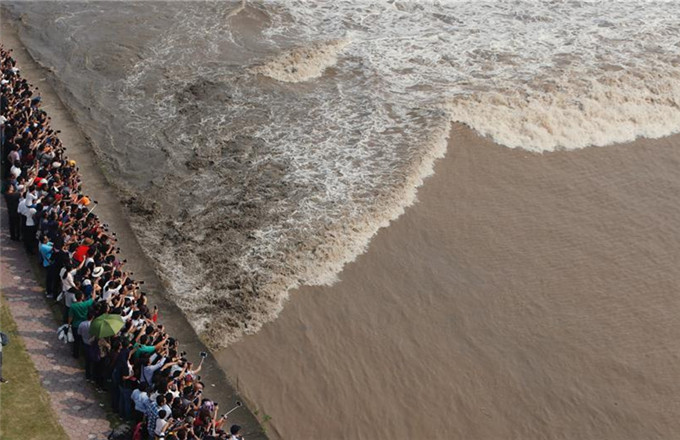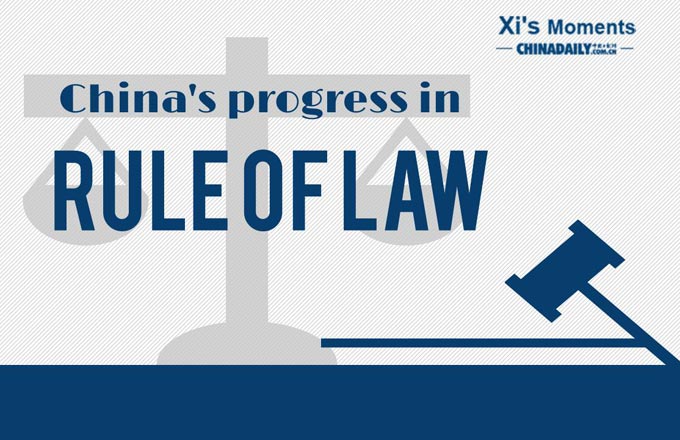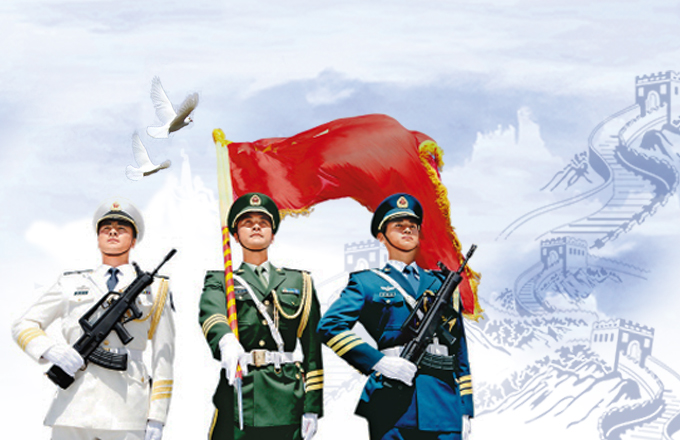Ding Xuesong, new China's first ambassadress
Launcher of Ships and Cementer of Friendship
Ambassadress Ding Xuesong performed this grand ceremony, accompanied by then Danish secretary of State for Industry Ibrahimovic Strait, on October 19, 1982, at the launch of the Taizhouhai – the fourth ocean going vessel made in China – at the Burmeister and Wain shipyard in Copenhagen.
Low freight costs and high diesel oil prices in the 1980s placed economical ocean going vessels like the Taizhouhai in great demand. Danish technology enabled China to make advances in shipbuilding and produce diesel engines in the Shanghai Shipyard and Zhenjiang Diesel Engine Branch for low powered ships. This represented yet another fruit of the efforts of Ambassadress Ding Xuesong.
Upon leaving her post of ambassadress, Ding received many commendations for her work and contributions to the good relations between Denmark and China. The representative of Denmark's biggest international trade company said: "Ambassadress Ding combines grace with diplomatic skill." Then Secretary of State for Foreign Affairs in Denmark Uffe Ellemann-Jensen said: "Your respected reputation in Copenhagen is due not only to your ability but diplomatic work which upholds the high culture of your country." Queen Margrethe II of Denmark said: "The relationship between Denmark and China is even better since your term of office, and there is greater project cooperation between our two countries."
People-to-people Diplomacy
Ding has been moving in diplomatic circles since the 1950s, when her husband Zheng Lvcheng returned from the DPRK. Before being appointed ambassadress she worked in the International Liaison Department of the CPC Central Committee and the Office of Foreign Affairs under the State Council.
Ding led her first visiting delegation in the year 1977, when she accompanied the Shanghai Ballet Company to France and Canada. She was responsible for much of the preparation, including designing and writing the programs, selecting the dancers, travel arrangements, organization and coordination. Ding handled her work in all its detailed complexity with efficiency and aplomb and the tour was a great success, winning ovations in both Paris and Canada. As one Canadian diplomat commented: "Among this glittering company we could see the gentle, calm character who represented the government in Beijing." Only three months later, Ding led a Chinese Arts Group on a tour of five countries in Northern Europe which was also a great success. One Danish minister humorously commented that after the tour Denmark cabinet members were "queuing-up to visit China." Ding later raised the suggestion in her visit summary report of introducing advanced technology from Northern Europe. What had started out as an arts tour thus led to economic cooperation.
Revolutionary Road
Ding Xuesong was born on May 27, 1918 in Mudong county of Chongqing. She studied in Chongqing and began publishing articles in the Business Daily at the age of 18. She was elected standing member of the Chongqing Women's Salvation Federation and joined the Communist Party of China. Ding arrived in Yan'an and joined the revolution in January, 1938 at the age of 19. There she listened to speeches by the great revolutionaries Mao Zedong, Liu Shaoqi, Zhou Enlai and Zhu De, and studied moral ethics, military science and also farming. Ding later became a group leader among the 1,000 woman cadres who trained at the Women's University that the Chinese government set up.
At the end of 1941, Li Dingming was elected vice-chairman of the border area council. In accordance with Chairman Mao's instructions: "We should not be afraid to speak out about our shortcomings, and we must correct our shortcomings," Li raised the suggestion: Streamline administration; avoid spending more than sufficient and economic disorder. Ding was Li Dingming's secretary at that time. She looks back on that period as one of the most important in her life.
Accolades in Later Years
Ma Yanjun, curator of the China Women and Chilren's Museum, accompanied by official leaders of the Ministry of Foreign Affairs and Cultural Relics officers visited Ding Xuesong on the morning of April 3, 2007 to receive her donations.
Ding's donations comprised 10 items, including a delicate porcelain bowl specially made in the Danish Imperial Ceramics Factory, bearing the hallmark of a golden crown and the initials of Her Majesty Queen Margrethe in commemoration of the decennial of the reign of Her Majesty Queen Margrethe II, presented to her by then Danish Secretary of State for Foreign Affairs Uffe Ellemann-Jensen in 1984; the photo of the ceremony welcoming ambassadress Ding on May 18 1982, when Ding presented her credentials; photos of Ding participating in diplomatic activities from 1950-1970; and the book Memoir of The First People's Republic of China Ambassadress: Ding Xuesong. These precious historical relics, witness to Ding's diplomatic work, are of immense historical value.
When Ma Yanjun thanked Ding on behalf of the Women's Federation for her generous donation Ding replied tremulously: "It is what I should do."






















